Winter Travel
As you look out of your hotel window, over the snow-covered rooftops, domes, and spires, innumerable church bells chime to remind you that Christmas is in town. That’s what a perfect winter vacation looks like!
To me, a great winter holiday comprises a romantic stroll through the snow-laden cobblestone alleys, shopping, sampling traditional foods, sightseeing, checking out local crafts, enjoying music, ice skating, skiing, and other forms of entertainment. All of this is further enhanced by church concerts, brightly lit streets, and seasonal decorations in department shop windows throughout the Christmas season. Some cities transform their city halls into massive Advent calendars, with a new window display being lit every day. Food is often a big draw at Christmas markets, where the air is filled with the aromas of mulled wines and punches, toasted almonds, hot roasted chestnuts, freshly baked apples, gingerbread hearts, strudel, hot sausages sizzling on grills, and regional delicacies. Town centers turn into charming Christmas Markets with numerous stalls selling hand-knitted shawls, mittens, socks, fragrant candle lights, artisanal spoons, and other woodwork. Along with all of that, giant Christmas Trees, traditional Christmas decors, lifesize nativity figures, and the smell of incense create a festive ambiance.
So, to experience the magic of winter and the festivities, almost every winter we head off to a winter destination, especially during Christmas, when the cities are ready to greet us with a cheerful buzz. Through this series of articles, I intend to share our stories and experiences of travels during winter with our fellow photography and travel enthusiasts. I hope they help you plan your winter travels!
For photographers, The Hague is a treasure trove of visuals; from moody canals and Gothic buildings to beachside sunsets and cosmopolitan street scenes. This article will take you on a visual journey through the most Instagrammable spots across the city, including both its old-world elegance and contemporary edge. Whether you’re a street photographer, architecture lover, or casual Instagrammer, The Hague has the perfect shot waiting for you at every turn!
Towering 30 meters (100 feet) above the Forth and Clyde Canal in central Scotland, and weighing more than 300 tonnes each, The Kelpies are the largest equine sculptures in the world. These twin horse-head statues, designed by Scottish sculptor Andy Scott, stand as a modern tribute to Scotland’s rich mythological and industrial heritage. Unveiled in 2014, The Kelpies have since become a symbol of the country's artistic spirit, a beacon of local pride, and one of Scotland’s top visitor attractions. But these aren’t just horse statues. They are living steel metaphors - part myth, part machinery, and entirely mesmerizing!
Edinburgh, the enchanting capital of Scotland, is a city where centuries of history seamlessly blend with a modern, vibrant spirit. Perched on a series of volcanic hills and dominated by the iconic Edinburgh Castle, the city has been Scotland’s capital since at least the 15th century. However, its roots run far deeper - archaeological finds reveal human settlements dating back to the Bronze Age. During the medieval period, the city became a royal residence and a center of political and religious power. The Old Town, with its narrow wynds and cobbled streets, tells tales of the Reformation, witch trials, and Jacobite uprisings, while the neoclassical grandeur of the New Town reflects the Enlightenment era, when Edinburgh earned the nickname “Athens of the North.”
Belfast, the vibrant capital of Northern Ireland, is a city steeped in history, culture, and resilience. Nestled on the banks of the River Lagan, Belfast evolved from a small 17th-century settlement into a thriving industrial powerhouse during the 19th century. It became famous for linen production, rope-making, and shipbuilding, with the Harland & Wolff shipyard constructing the legendary RMS Titanic in 1911.
Dublin, the vibrant capital of the Republic of Ireland, is a city where history, culture, and modern energy blend seamlessly. Nestled on the banks of the River Liffey, Dublin is a city of storytellers, where every cobblestone street and historic building holds a tale from the past. Originally founded as a Viking settlement in the 9th century, it quickly grew into an important trading hub.
Cardiff, the capital of Wales, is a vibrant city brimming with history, culture, and modern charm. With its origins dating back to Roman times, Cardiff has evolved from a small settlement into one of the most important cities in the United Kingdom. Today, Cardiff is known for its lively arts scene, stunning architecture, and world-class sporting events. The city seamlessly blends its rich historical past with modern attractions, making it an exciting destination for travelers.
Nestled in the heart of Gloucestershire, Bibury is often hailed as one of the most picturesque villages in England — a timeless gem of the Cotswolds that has captivated artists, writers, and travelers for centuries. The village’s charm lies in its honey-colored limestone cottages, rolling green meadows, and the gentle flow of the River Coln, which meanders gracefully through its center. Bibury’s most iconic landmark, Arlington Row, dates back to the 14th century, originally built as a monastic wool store before being converted into weavers' cottages in the 17th century.
Set amidst the rolling plains of Wiltshire, Stonehenge stands as one of the world’s most iconic and enduring mysteries. These towering stones, some weighing up to 25 tons, arranged in an almost celestial pattern, continue to fascinate archaeologists, historians, and travelers alike. As much as it is a monument to ancient engineering, it is also a spiritual and symbolic landscape that holds stories spanning thousands of years.
London, the capital of England and the United Kingdom, is a city steeped in history, culture, and innovation. Founded by the Romans as Londinium in AD 43, it quickly became a thriving trade hub. After the fall of the Roman Empire, the city evolved through Saxon, Viking, and Norman rule, with landmarks like the Tower of London symbolizing its medieval strength.
Today, I’m going to tell you an epic story - a tale of roads and waters, of windswept cliffs and timeless isles. It’s the story of a cruise and road trip that began in the heart of the Netherlands and carried us across all five countries of the British Isles during the magic of Christmas.
Born as a Roman city, renowned as the birthplace of cologne (as in the perfume), and home to the world-famous twin-spired Kölner Dom (Cologne Cathedral) along with twelve other Romanesque churches, the love lock Hohenzollernbrücke (Hohenzollern Bridge), the historic Altstadt (Old Town), Rheinauhafen (Rhine harbor district), museums, murals, festivals like Christmas Markets and Carnival, and a unique local beer (Kölsch) scene, Cologne (Köln in German) serves as the perfect European city break for travelers of any age.
Welcome to the unique ice sculpture exhibition Art Below Zero Amsterdam, where top ice artists (also known as ‘carvers’) from across the globe come together to transform 500 tons of ice and snow into 135 breathtaking artworks that honor Amsterdam's colorful past and rich cultural legacy. Featuring breathtaking ice sculptures, an audio tour, a 4D experience, and entertainment for all ages, it is the largest ice exhibition in Europe that commemorates the city's 750th anniversary!
Welcome to a magical frosty wonderland where ice crystals melt your heart; where world’s top 45 ice artists (also known as ‘carvers’) from 16 different countries come together to transform 550 tons of ice and snow into 100 breathtaking artworks. Welcome to the Dutch Ice Sculpture Festival!
Before we begin our story today, let me ask you a “Did you know?” question. Did you know that the world’s largest Charles Dickens Festival takes place in the Netherlands, and not the UK? And that too it is just a fan festival without having any documented historical connection to the author? If you didn’t, then this article is for you!
With rolling valleys, Romanesque cathedrals, and towering peaks nestled between France and Spain, the Principality of Andorra boasts the best ski slopes and resort amenities in the whole Pyrenees. With an area of 468 sq. km (181 sq. miles) and a population of 79,034, Andorra is the world's 16th-smallest country (and 6th-smallest European microstate) by area and 11th-smallest country by population.
Every year in November, the otherwise industrial city of Eindhoven transforms into a magical fairy tale of light, known as GLOW Eindhoven. This annual light art festival attracts thousands of visitors from all over the world who come together to enjoy the breathtaking open-air exhibition of innovative light artworks created by international artists using new media technologies, such as computers, sensors, animations, and projections. The fusion of art, technology, and architecture creates a bewitching experience for visitors of all ages.
Many nations have windmills, but the Netherlands has so many of them and they are such a significant part of the nation's industrial and cultural legacy that many people throughout the world associate windmills with the country. From the Middle Ages onward, windmills have been a defining feature of the Dutch countryside. In the heyday of the windmills during the 19th century, there were roughly 9,000 windmills in the country. Even though the Industrial Revolution replaced windmills with steam, diesel, and later electricity, over 1,000 antique windmills, many of which are still operational, still stand throughout the Netherlands thanks to historic preservation initiatives. Today, along with cheese, tulips, and clogs, they are among the most well-known images of Holland. For this reason, visiting a windmill has to be at the top of your travel itinerary when visiting the Netherlands.
A vast ocean of endless tulip fields, medieval windmills, charming canals, modern bicycle lanes, and postcard-perfect countryside - these are the images that appear in our minds when we think of the Netherlands. However, we tend to forget that the Netherlands also has its fair share of castles and palaces thanks to the royal families and nobilities who shaped the rich history of the country over the ages. Many of these were built during the medieval times either as defensive structures or luxury residences. Over the years, the purpose of these castles and palaces has changed, and today, they’ve turned into government offices, museums, and tourist attractions, where visitors come to admire the architecture, art collections, and gardens.
Near the village of Wierum is an old shipwreck from the second world war times that emerges from the sea only during low tides. This wreck symbolizes a crucial part of the Wadden Sea's cultural history - the struggle for territory between man and nature that occurred here from the Middle Ages to the present. It first appeared close to the Schoorsterhoofd, in the west but eventually started to wander towards Wierum and ended up becoming trapped in the mud. Ever since it’s been here getting gradually affected by the ebb and flow gradually but steadily affecting the praam.
There is an inherent fascination with things that are outside the norm for many people. The widespread appeal of the Guinness Book of World Records is living proof of this. Therefore, for something to be the tallest, largest, oldest, greatest, or tiniest is a great thing for business. As a result, a few locations claim or market themselves to be "smallest” in the Netherlands which is driven by the local merchants and the chamber of commerce supporting them. And then naturally, it also means, there will always be an element of ambiguity in these kinds of claims. Today I’m going to talk about two such “smallest” settlements in the Netherlands. Let the journey begin!
With an age-old tradition dating back to the 14th century, France is one of those countries in Europe, where celebrating Christmas with zest and fervor is deeply rooted within its national culture. And since the concept of the world's first ever Christmas Tree originated from here, France has as much right to the title of ‘The Home of Christmas’ as the North Pole. Owing to the diverse geography running from the French Alps to the Mediterranean, France follows different Christmas customs in different regions. But there is one thing in common - the Christmas Markets!
Located in Limburg, the southernmost province of the Netherlands, Valkenburg, a marlstone hamlet nestled amid moss-green hills in the heart of the 'Heuvelland' nature reserve, is the country's oldest tourist destination and one of the few places in the country with actual mountains. It has been a landmark for nearly 130 years with its undulating terrain and picturesque surroundings, as well as its two major attractions - the famed castle ruins and marlstone caves. Even though just the remains of Castle Valkenburg exist, it is nonetheless worth a visit because it is the country's only castle built on a hill and therefore offers a panoramic view of the city from its broken ramparts.
The annual Amsterdam Light Festival (ALF) fills the Dutch capital's canals with magnificent works of light art every winter. Designers, architects, and artists from all around the world submit hundreds of concepts each year, out of which 20 to 30 artworks are chosen for display in the festival by a selection committee.
If you plan to stroll incessantly through gorgeous winter landscapes and enchanting Christmas decors, you need to be at Kerststad Valkenburg. Having seen a lot of Christmas Markets around the globe, I can safely proclaim that Valkenburg Christmas Market is hands down the best Christmas Market in the Netherlands and one of the most unique Christmas Markets on the planet. After all, it's not every day that you get to a Christmas Market within a marlstone cave!
While the whole world is already busy shopping in Advent Markets from mid-November, the Dutch have yet to set up a Christmas Tree! Strange but true, the country starts brimming with Christmas joy only from the second week of December when the town squares convert into grand markets selling food, trinkets, glühwein, oliebollen, and all kinds of gifts that bring smiles to the faces of your friends, family, and folks you care about.
The Netherlands is not known as a popular winter destination, as characteristically, the country receives a few days of snow every year. With climate change, the number of days is reducing with each passing year, and the day’s not far when we will narrate our grandchildren about the merry times we spent with our friends, ice-skating over the frozen lakes and canals.
Christmas in Stockholm is a time of coziness, shimmering lighting, copious amounts of food and drink, and a few unique traditions ranging from solemn to hilarious. Stockholm's Christmas markets await exploration, with a million Christmas lights adorning the streets and a chill in the air filled with seasonal cheer.
While the sun may be reluctant to rise as winter settles in on Helsinki, the aroma of mulled wine, or glögi, and shop window decorations warm the heart as the holiday season approaches. People take advantage of pikkujoulu, or "little Christmas," when they celebrate in pubs and restaurants, because Christmas is normally a quiet family affair. Despite the fact that the temperature drops below minus 10 degrees Celsius at this time of the year, the atmosphere still remains one of warm conviviality. Even when the temperature drops, shops and restaurants gleam with a warm glow, and Finnish structures are known for their ability to withstand the worst frost. When you add carol concerts in churches to the mix, it's hard to believe Helsinki wasn't built for the sole purpose of celebrating Christmas.
Tallinn's medieval Old Town takes on a particularly romantic look in the winter, when a new dusting of snow covers its rooftops and candles cast a flickering glow across its cobblestone alleyways. Tallinn is at its most enchanting during the winter, despite the dark nights. From ice skating on the Old Town's outdoor rink to sipping mulled wine on the ancient Town Hall square at one of Europe's best Christmas Markets, it's a true winter wonderland!








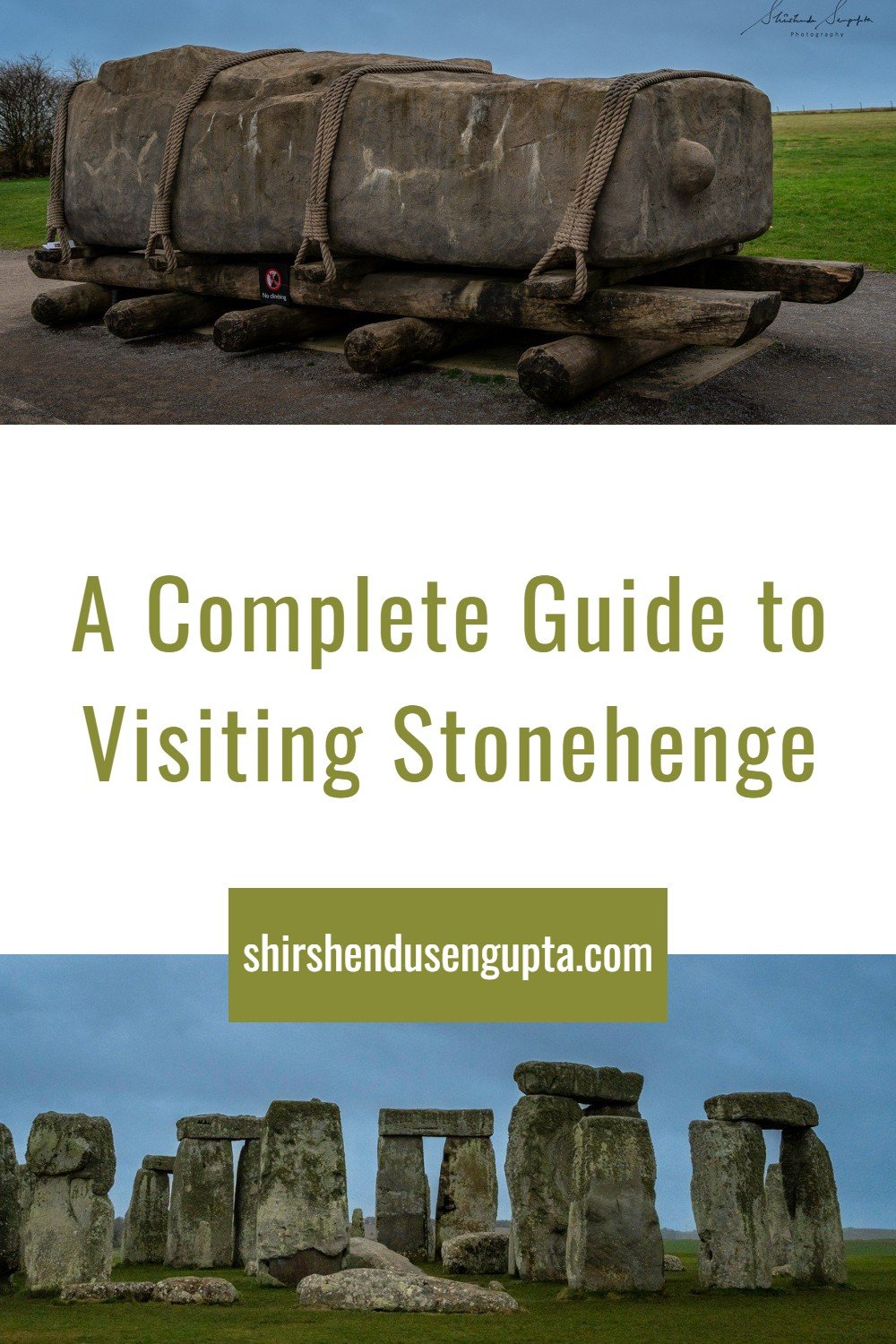
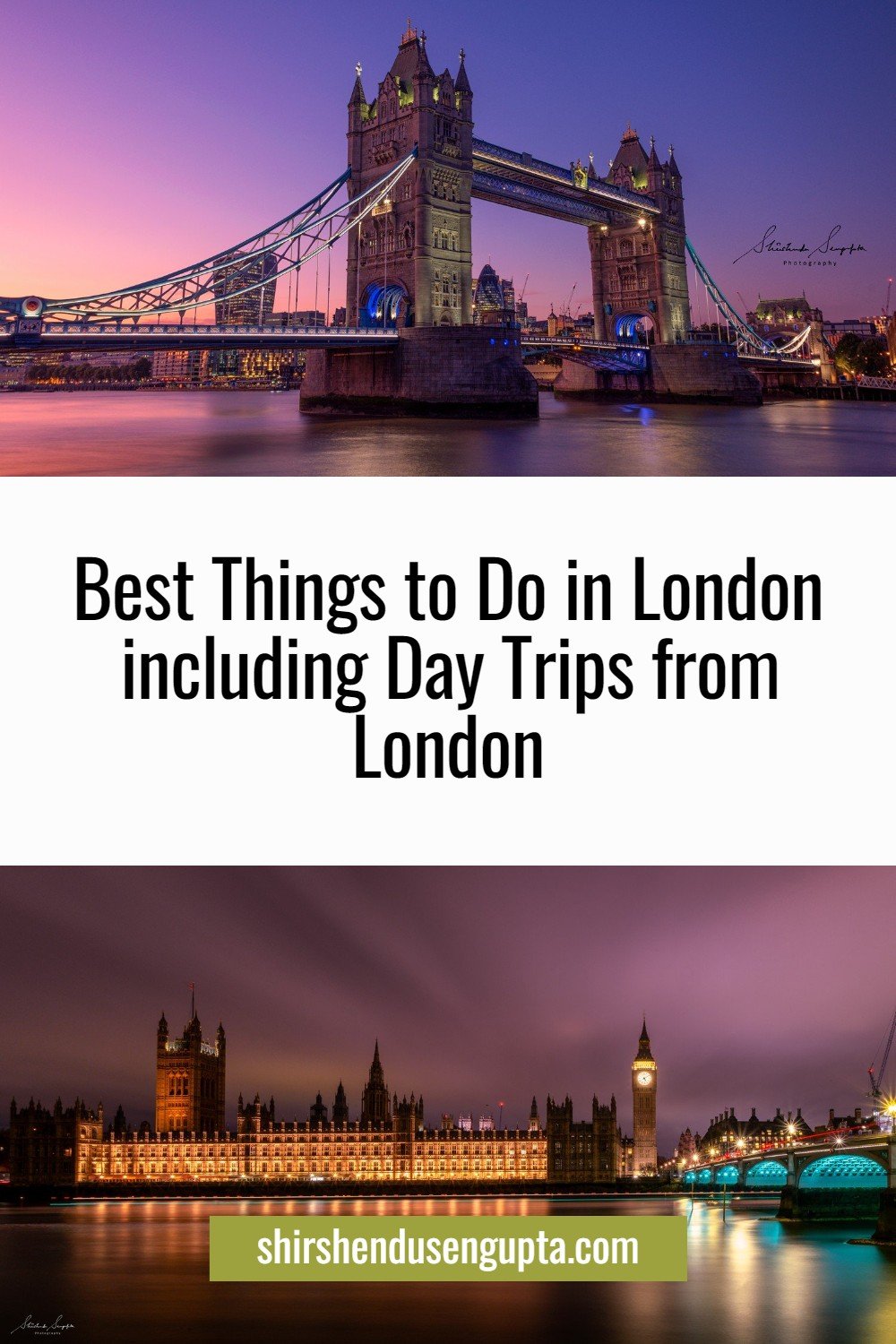

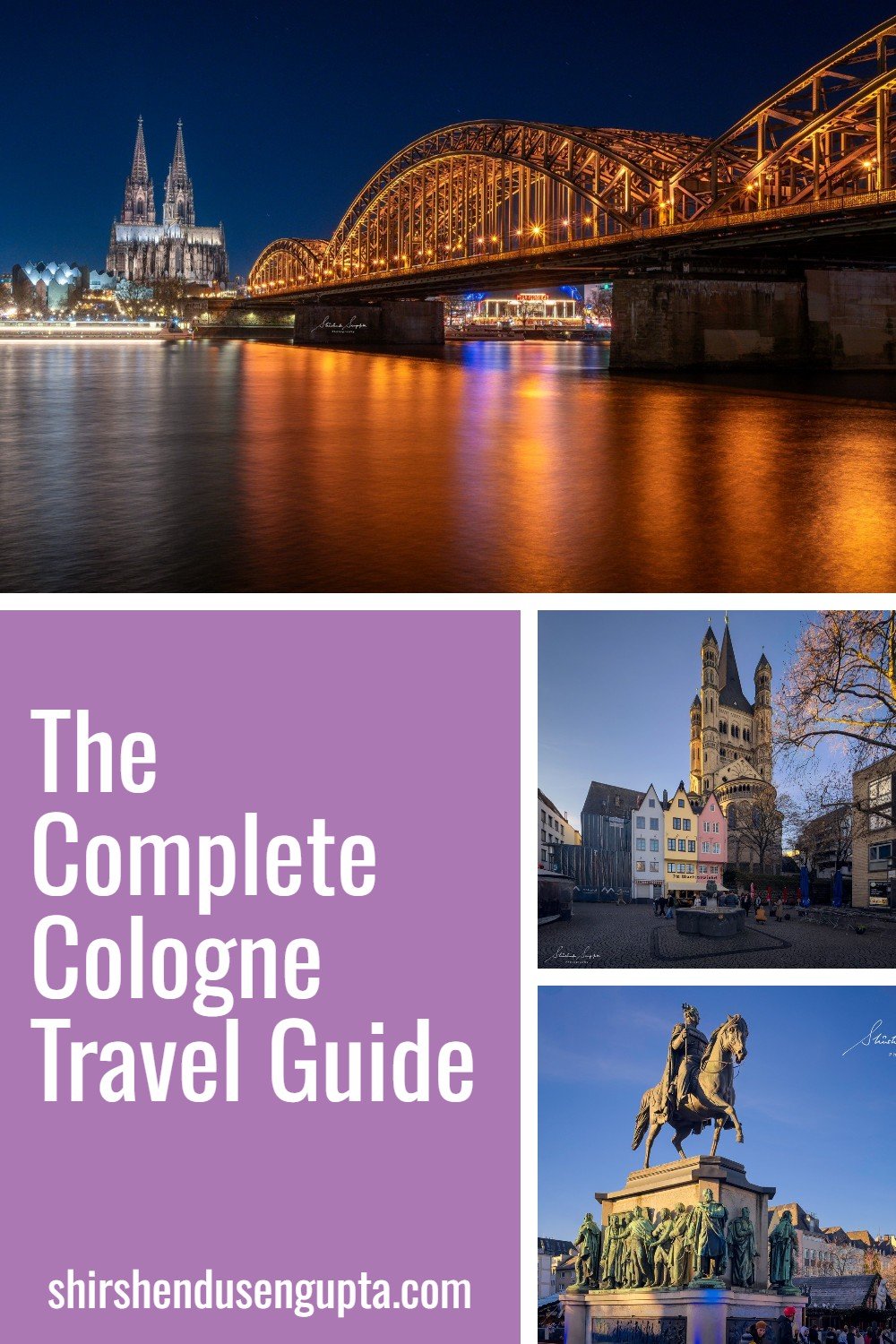
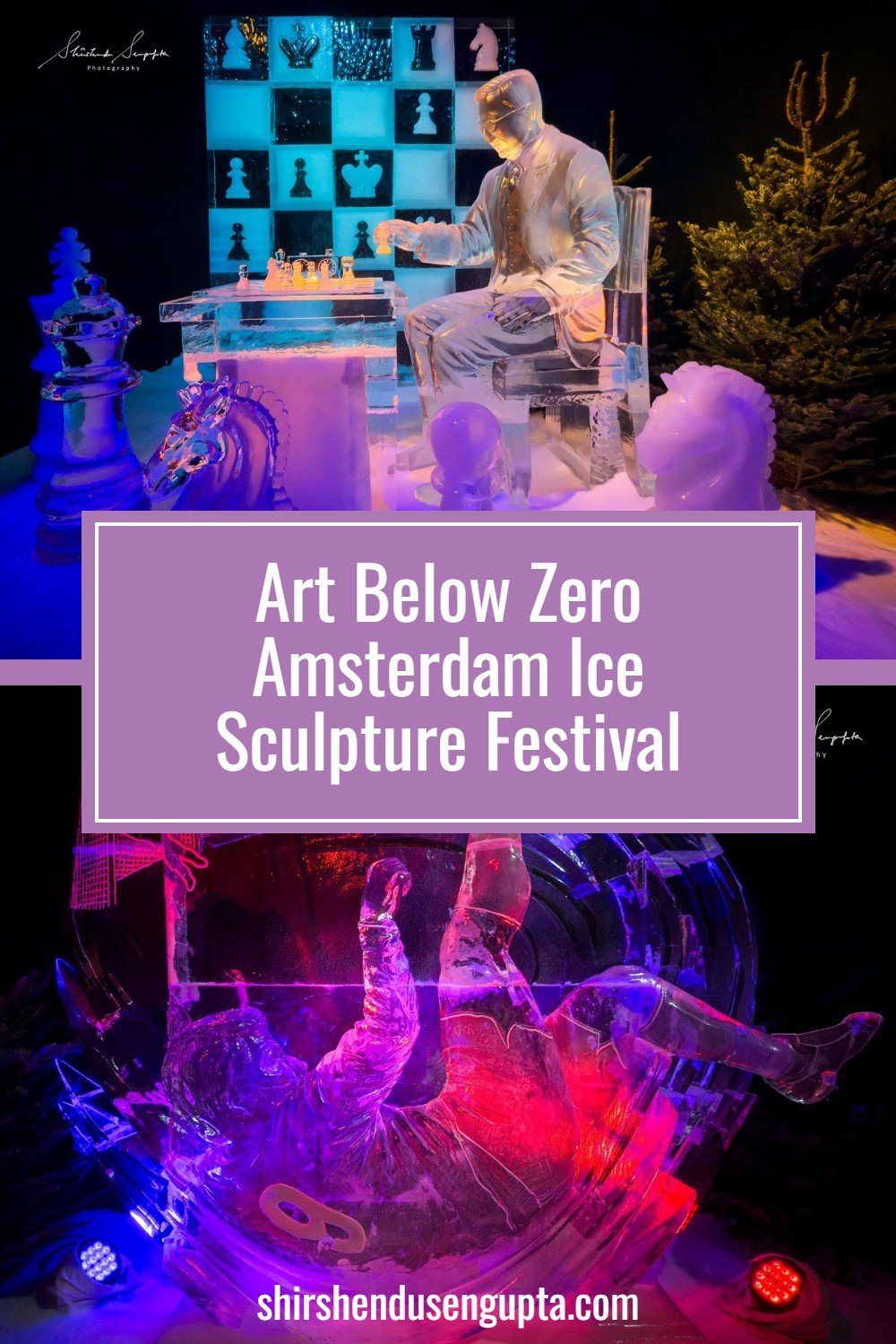
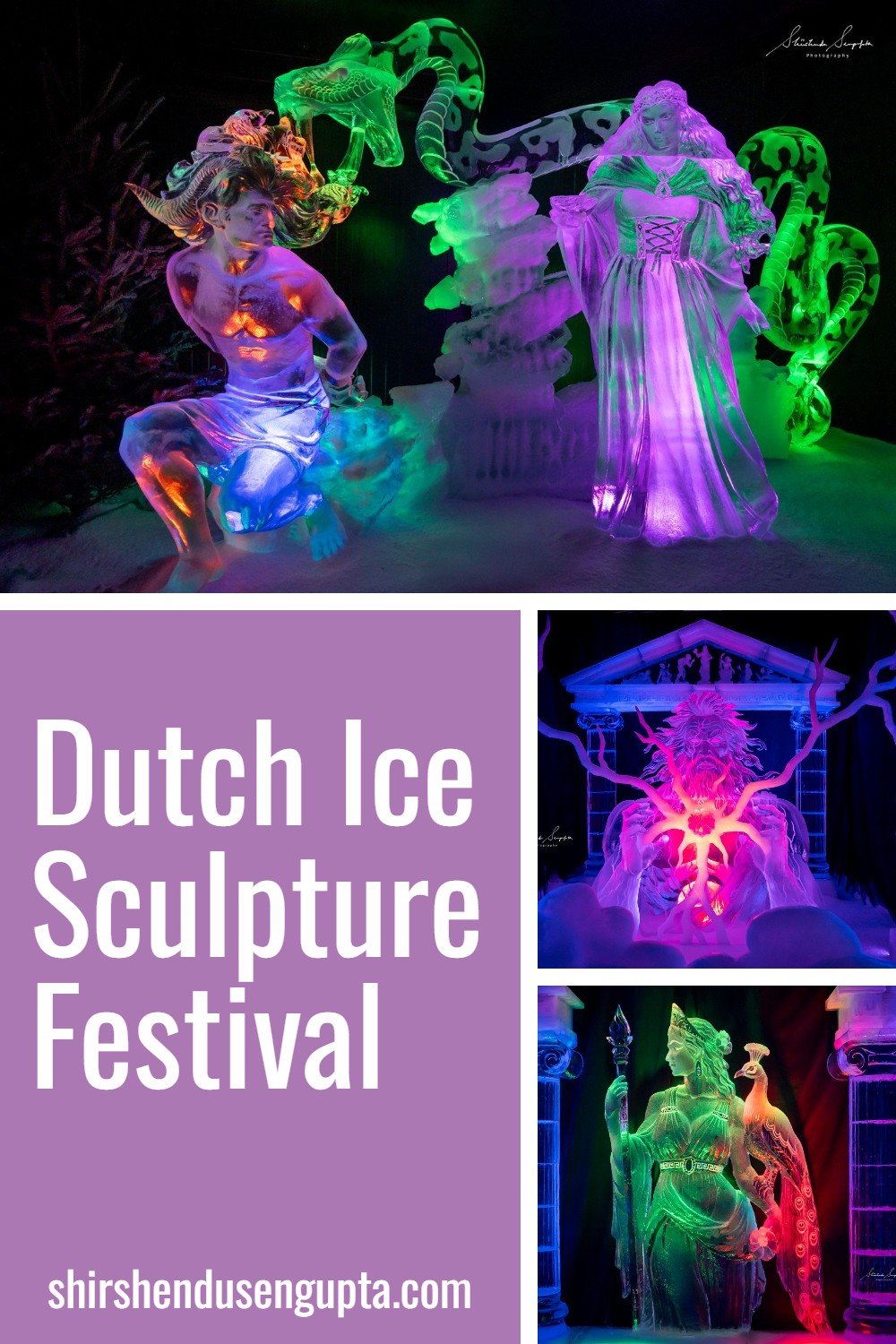
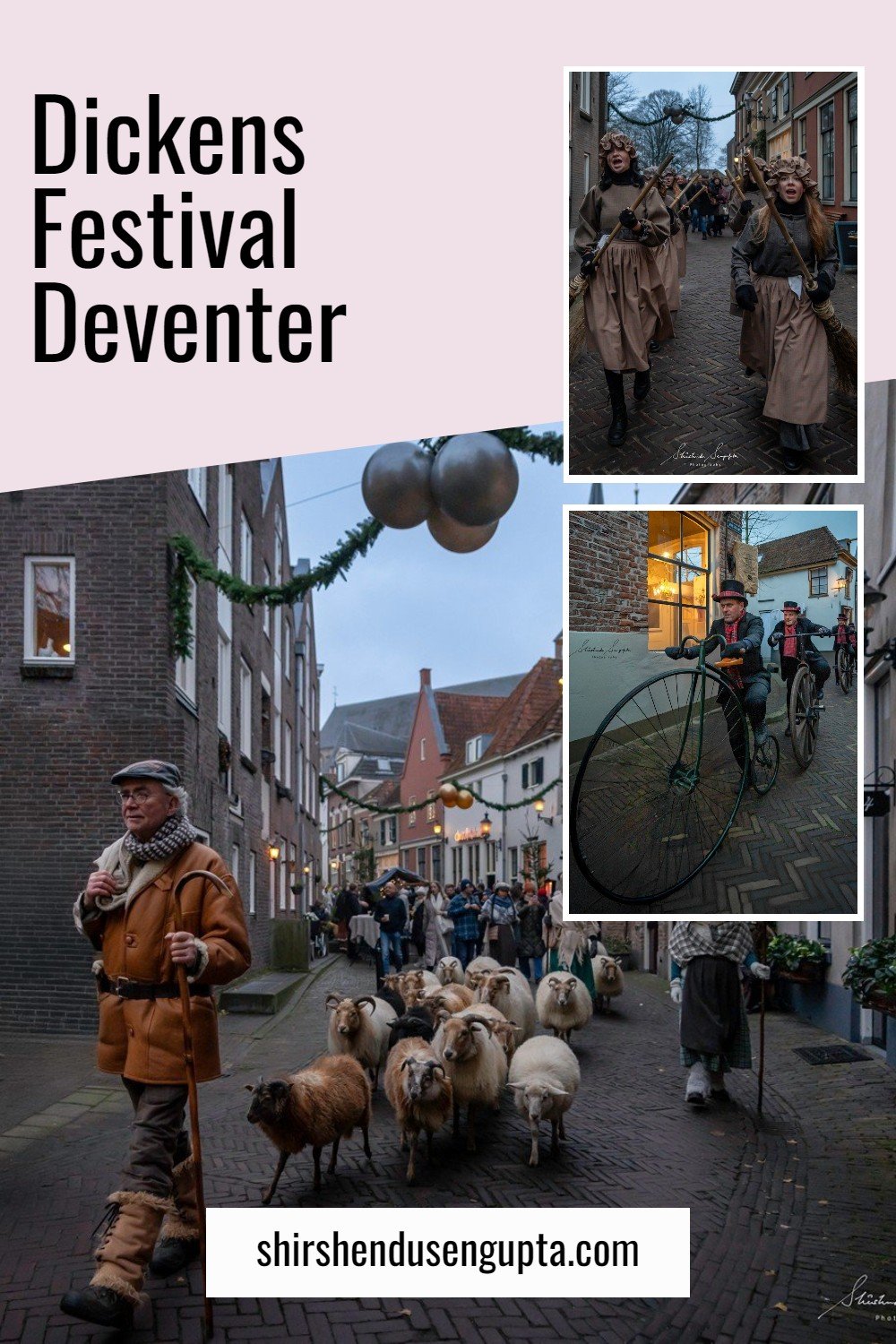
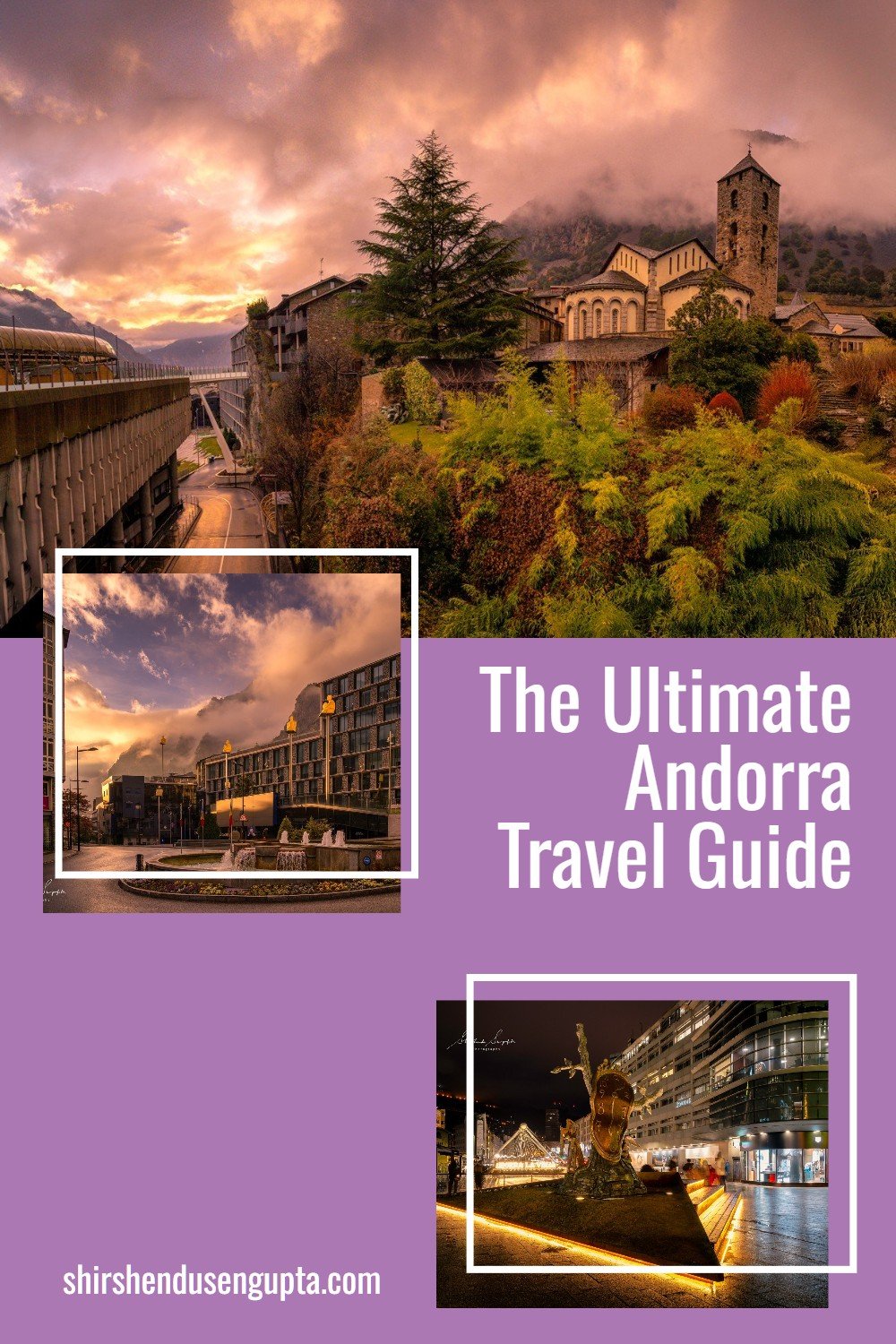

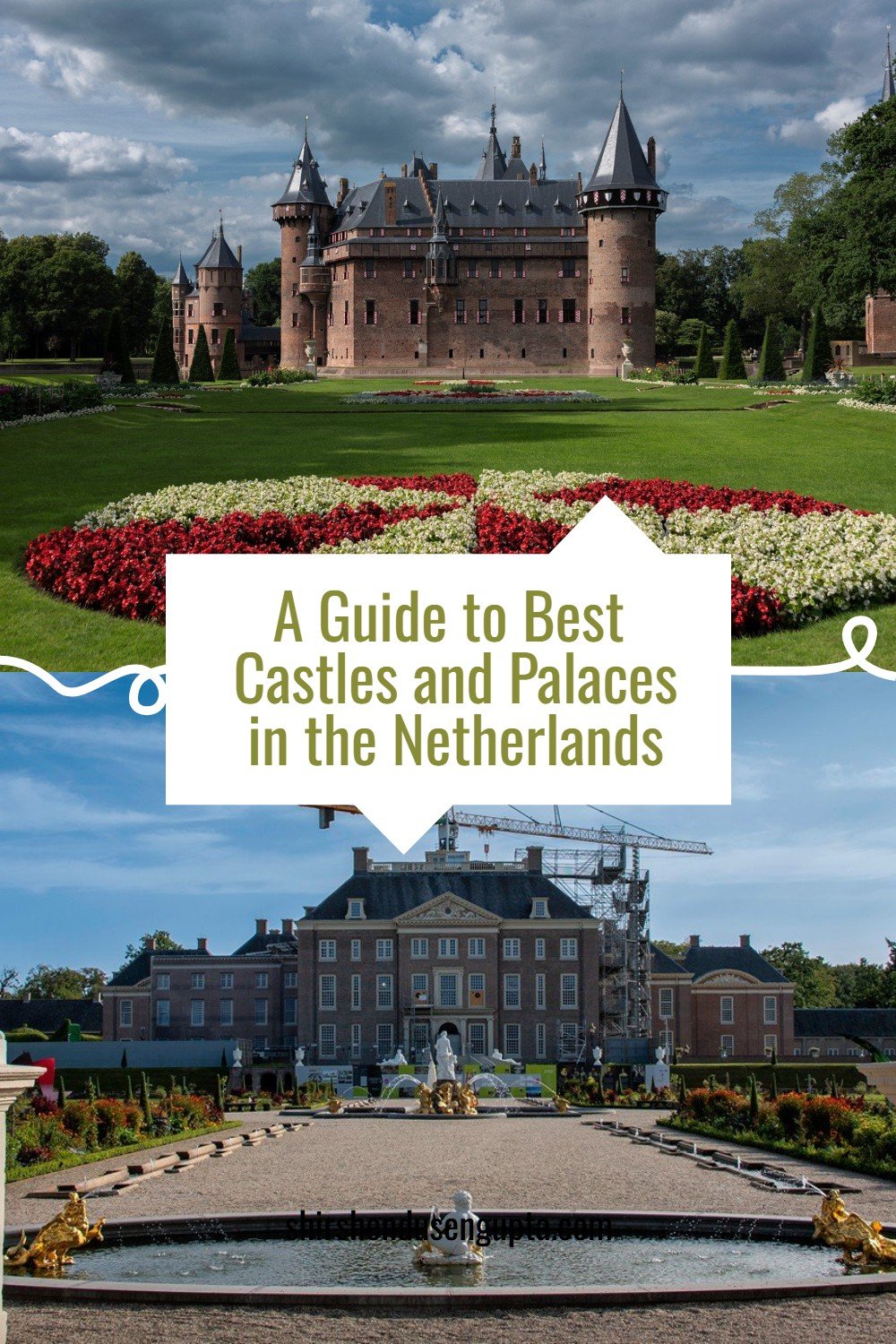
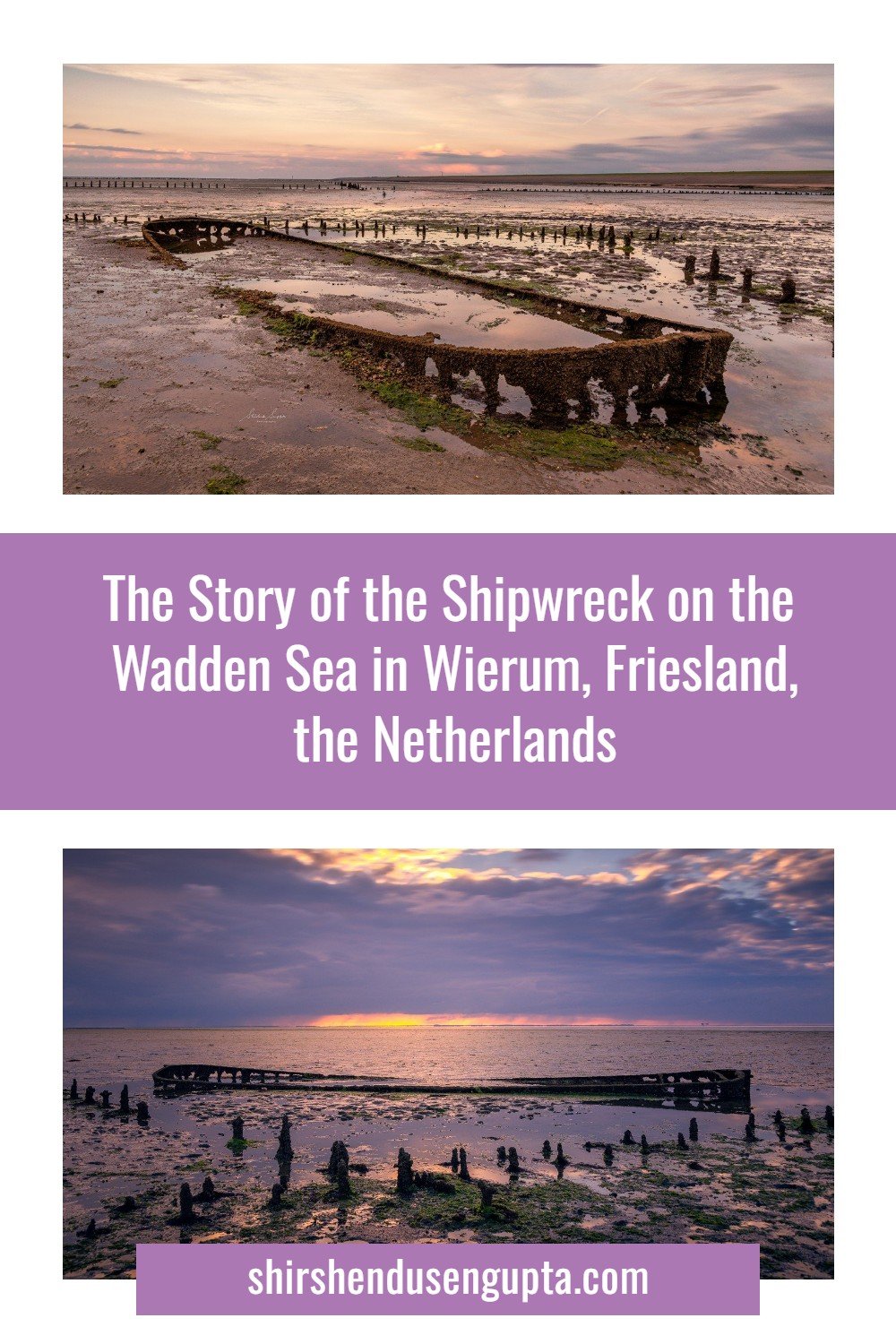
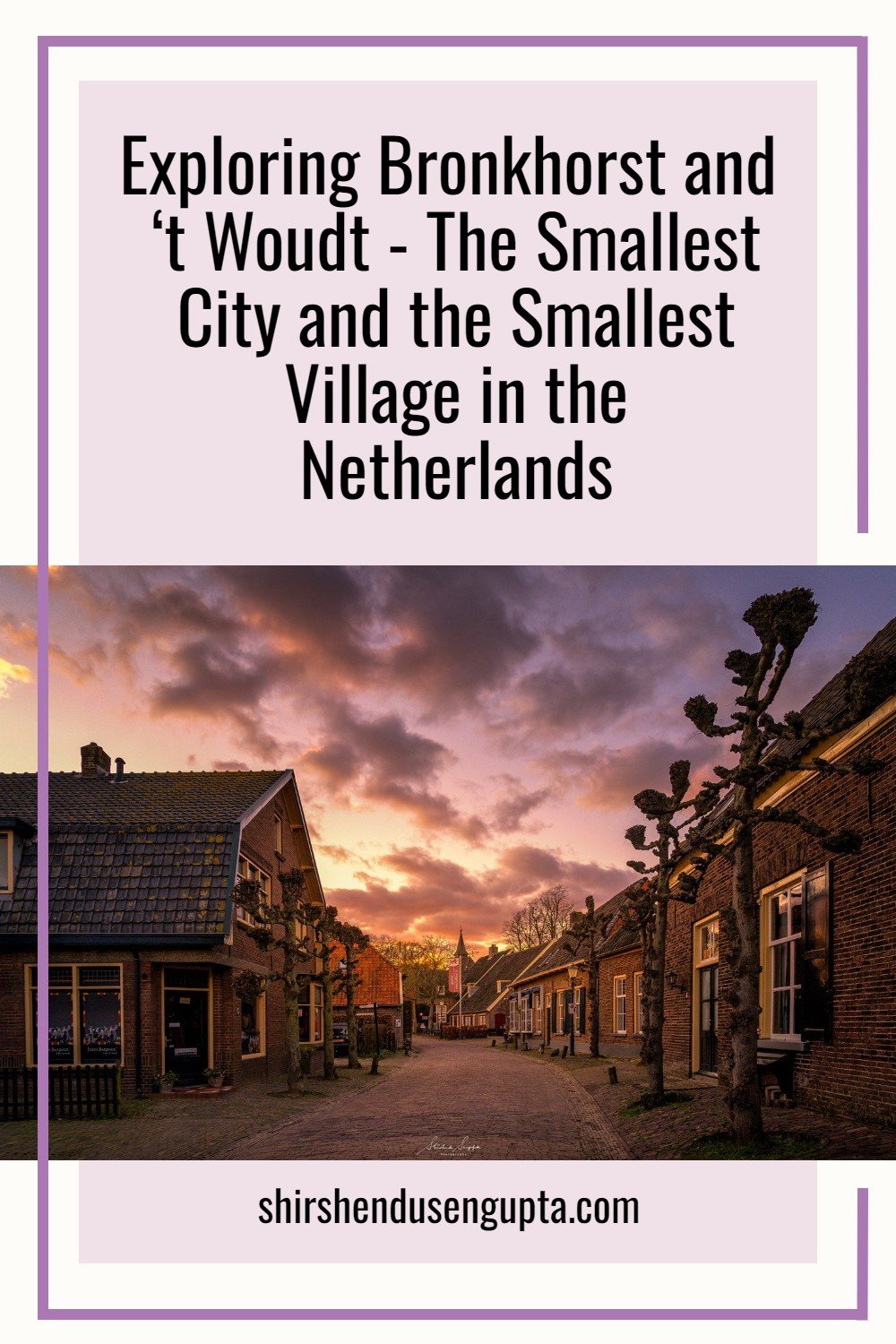




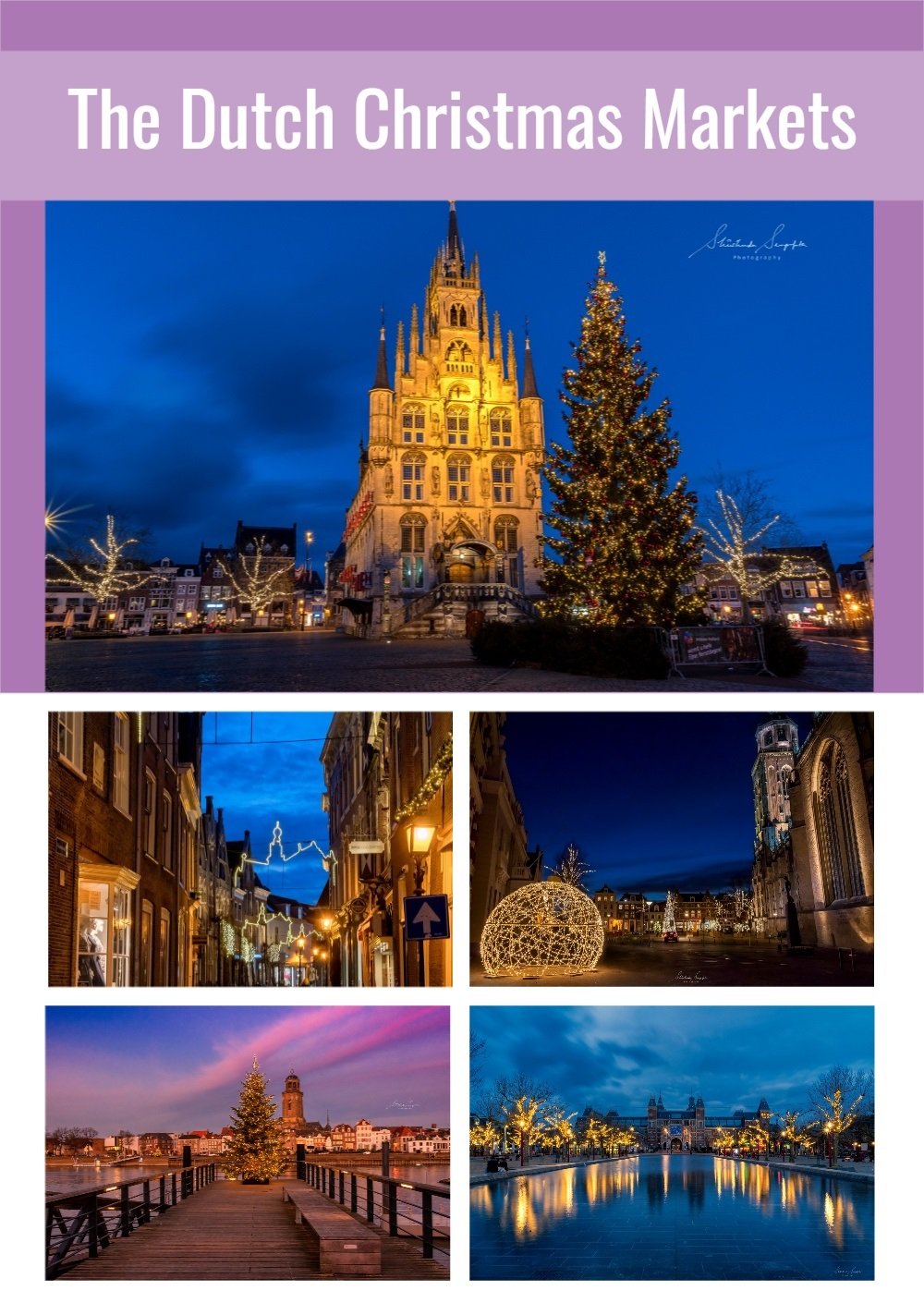
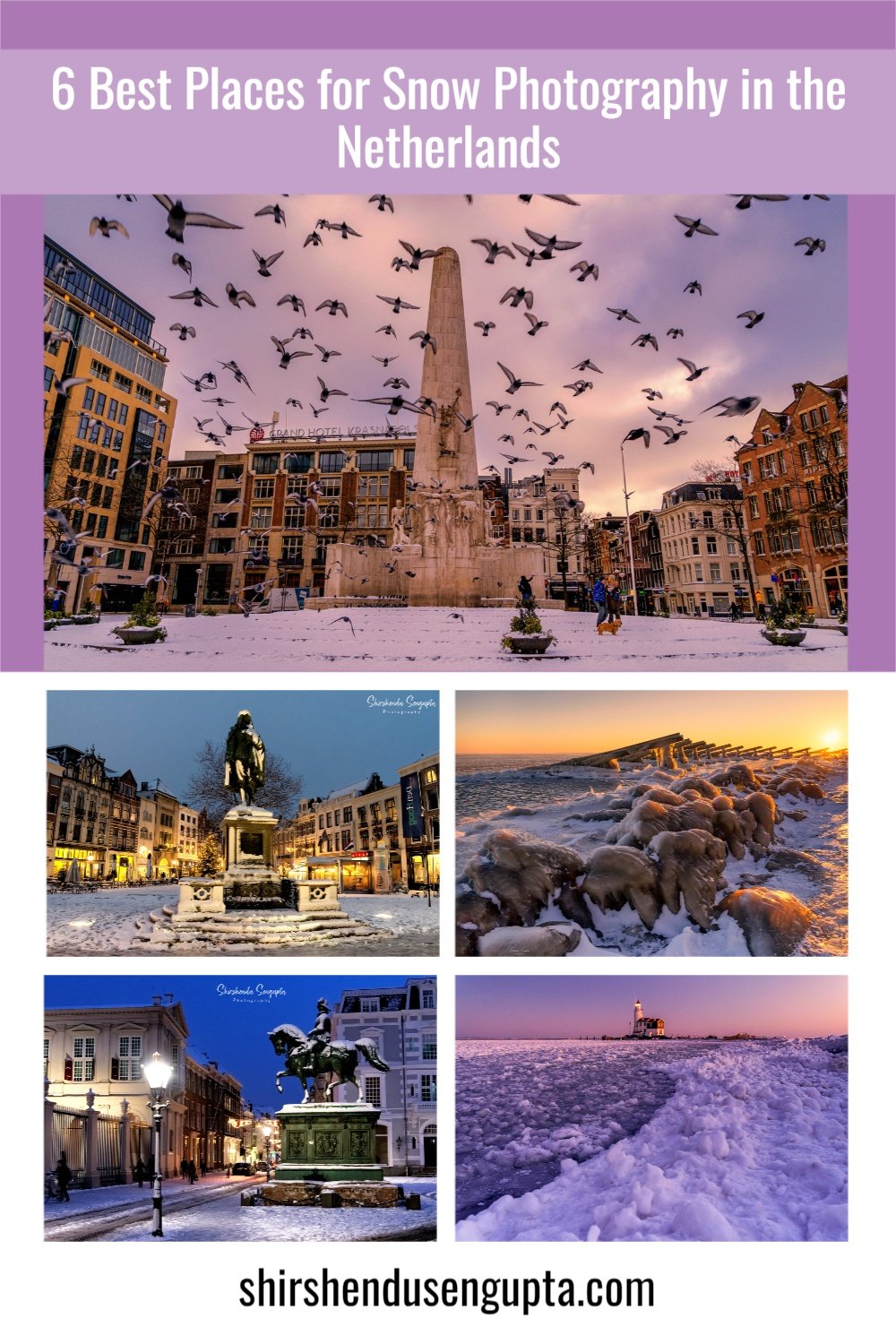



The Dutch have a knack for throwing a good party. The nation celebrates everything life has to offer with an amazing number of festivals every year. There is an event to suit every taste and mood, whether you enjoy music, art, or cuisine!